Table of Contents
What Are Chiles Secos?
Chiles secos, also known as dried chilies, are peppers that have been dehydrated to preserve their flavor and heat. They're a staple in Mexican and Latin American cooking, adding depth and complexity to dishes like mole sauces, salsas, and stews. Unlike fresh chilies, dried chilies offer concentrated flavors with smoky, earthy, or fruity notes depending on the variety.
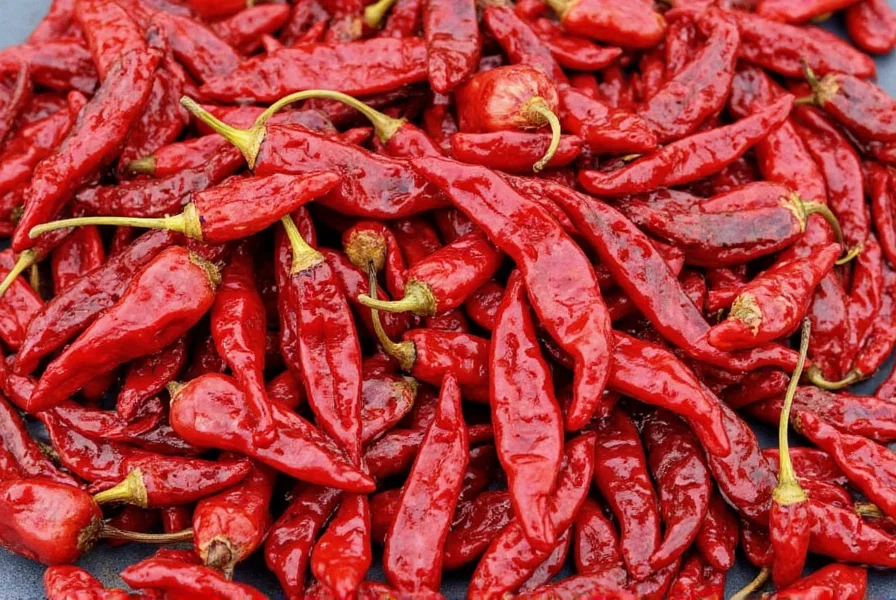
Flavor Profiles of Popular Chiles Secos
Each type of chile seco has unique heat levels and flavor characteristics. Here's a comparison of the most commonly used varieties:
| Chile Name | Heat Level (SHU) | Flavor Profile | Best For |
|---|---|---|---|
| Ancho | 1,000–2,000 | Sweet, fruity, mild chocolate undertones | Mole sauces, soups |
| Guajillo | 2,500–5,000 | Berry-like, tangy, moderate heat | Salsas, marinades |
| Pasilla | 2,500–4,000 | Earthy, raisin-like, smoky | Stews, moles |
| Arbol | 15,000–65,000 | Grassy, sharp heat | Oils, salsas, soups |
| Morita | 10,000–15,000 | Smoky, slightly sweet, intense | Meat rubs, adobo |
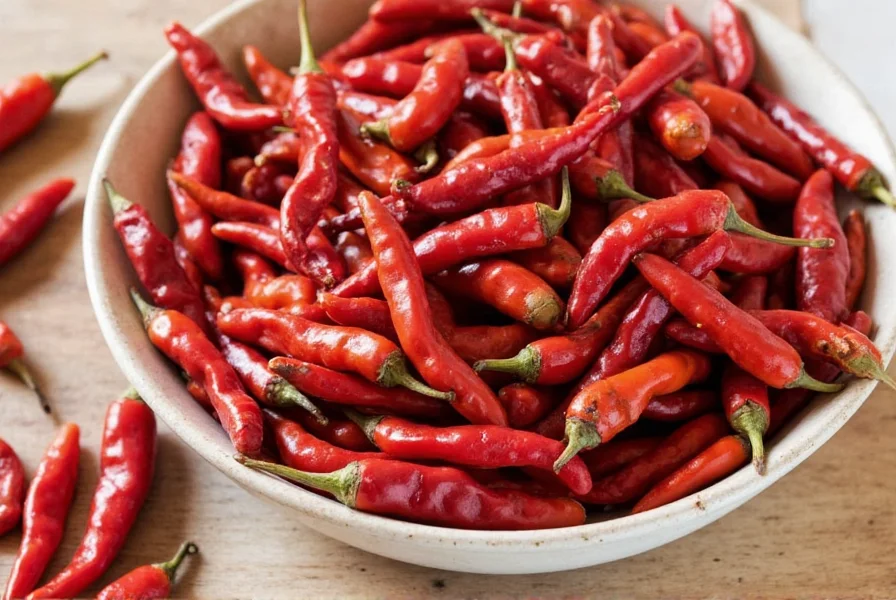
Top 5 Cooking Tips with Chiles Secos
Unlock the full potential of dried chilies with these expert techniques:
- Toast Before Use: Lightly toast dried chilies in a dry skillet over medium heat for about 30 seconds per side to enhance aroma and deepen flavor.
- Rehydrate Smartly: Soak chilies in hot water, broth, or citrus juice for 20–30 minutes until soft. Reserve the soaking liquid for sauces.
- Remove Seeds for Less Heat: Most capsaicin (heat compound) is in seeds and veins. Remove them for milder flavors.
- Blend into Pastes: Blend softened chilies with garlic, spices, vinegar, or oil to create versatile pastes for freezing.
- Experiment with Pairings: Dried chilies pair beautifully with chocolate, citrus, honey, nuts, and tomatoes for unexpected flavor combinations.
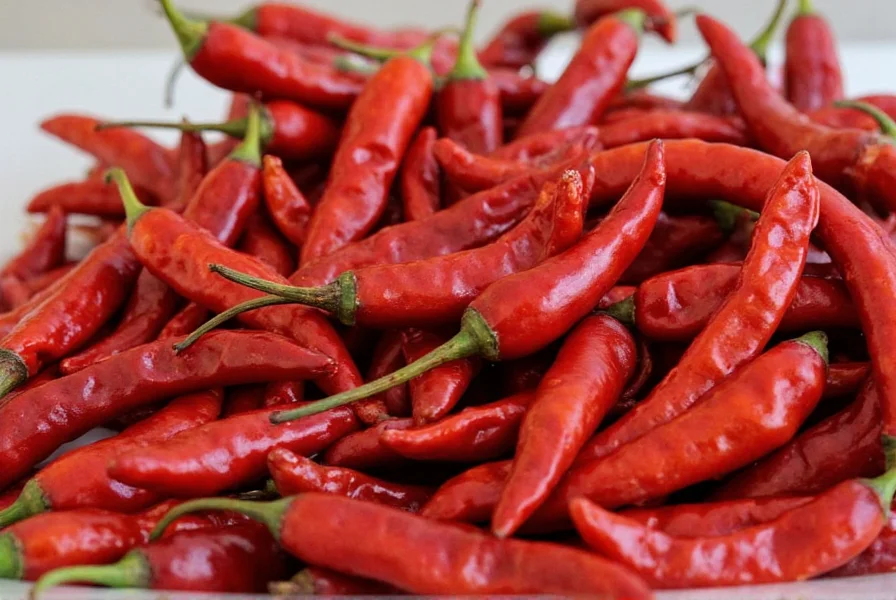
Buying Guide: Choosing the Best Chiles Secos
Follow these tips to select high-quality dried chilies:
1. Look for Whole, Intact Chilies
Choose pliable (not brittle) chilies with no mold or discoloration. Avoid cracked specimens that have lost flavor.
2. Consider Color and Sheen
Vibrant colors indicate freshness: Ancho should be deep red, guajillos reddish-orange, and pasillas dark brown to black.
3. Smell Matters
Good dried chilies should smell fragrant and peppery—not musty or stale. Lack of aroma means reduced flavor potential.
4. Buy in Small Quantities
Start with small amounts to avoid waste. Dried chilies maintain quality for 6-12 months when stored properly.
5. Know Your Brands
Trusted brands include La Costeña, El Yaque, and MexGrocer. Specialty stores often offer high-quality organic options.
| Product | Features | Advantages | Use Case | Occasion |
|---|---|---|---|---|
| La Costeña Dried Guajillo Peppers | Packaged in resealable bag, organic certified | Consistent quality, easy storage | Salsas, enchilada sauce | Weeknight cooking, meal prep |
| MexGrocer Mixed Chile Secos Pack | Includes ancho, guajillo, arbol, and morita | Versatile starter set for experimenting | Moles, stews, rubs | Spice exploration, gift giving |
| Local Market Fresh Dried Pasilla | Locally sourced, hand-selected | High freshness, unique regional flavor | Slow-cooked dishes, moles | Gourmet cooking, special occasions |
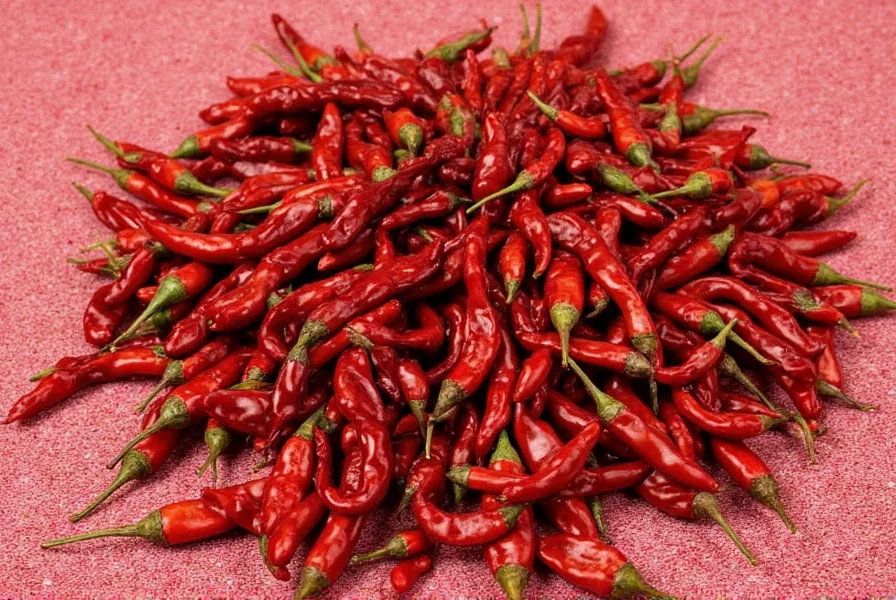
How to Store Chiles Secos Like a Pro
Proper storage preserves flavor and extends shelf life:
- Airtight Containers: Store in sealed plastic bags or glass jars to protect from moisture and pests.
- Keep It Cool and Dark: Store in a pantry or cabinet away from heat and light.
- Freeze for Long-Term Storage: For indefinite freshness, store in the freezer.
- Label Everything: Mark containers with date and chili type for easy identification.
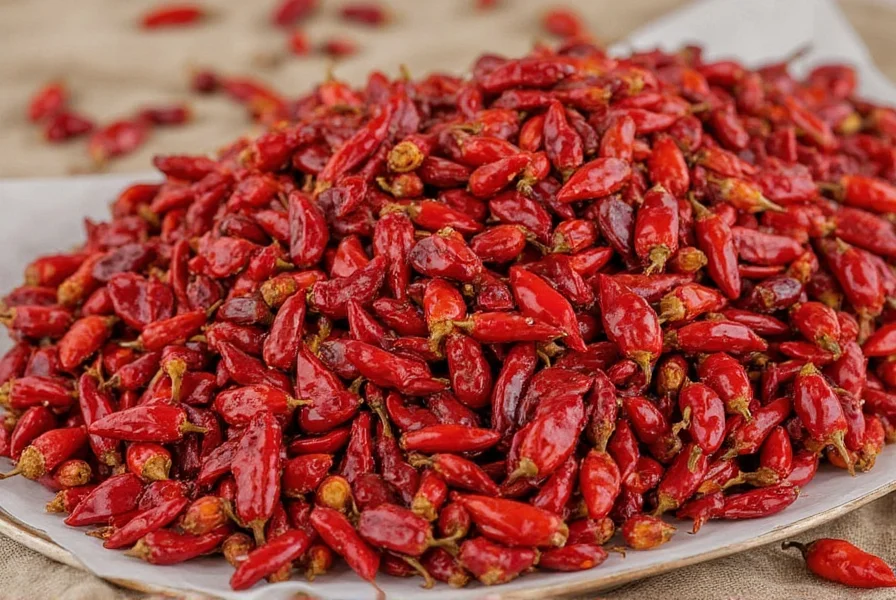
Creative Culinary Uses Beyond Salsas
Expand your culinary repertoire with these innovative uses:
- Chile-Infused Oils: Simmer dried chilies in neutral oil with garlic and herbs for drizzling over noodles or roasted vegetables.
- Homemade Spice Blends: Combine ground dried chilies with cumin, cinnamon, and cloves for mole powder or adobo seasoning.
- Chili-Spiced Desserts: Add dried chilies to chocolate cakes, ice cream, or caramel sauces for a surprising kick.
- Marinades for Grilled Meats: Blend soaked chilies with orange juice, vinegar, and garlic for tenderizing and flavoring pork or chicken.
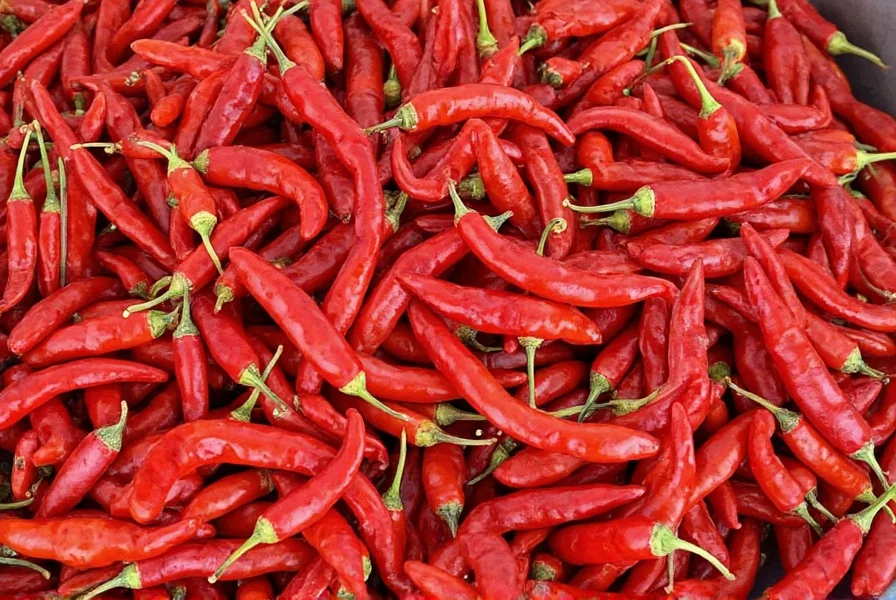
FAQs About Chiles Secos
What are chiles secos?
Chiles secos are dried chilies that have been sun-dried or dehydrated to preserve their flavors and heat. The term literally translates to "dried chilies" in Spanish and they're a staple in Mexican and Latin American cuisines.
Can I eat chiles secos raw?
No. Dried chilies are too tough and bitter to eat raw. Always toast or soak them before using to unlock their true flavor potential.
Are chiles secos hotter than fresh chilies?
Generally yes, because drying concentrates capsaicin. However, this varies by type—some fresh chilies may be hotter than their dried counterparts.
How do I grind dried chilies?
Use a spice grinder, blender, or mortar and pestle. Remove stems and seeds first unless you want extra heat. Toast lightly before grinding for best flavor.
Can I substitute fresh chilies for chiles secos?
You can, but the flavor will differ. Fresh chilies are less intense and lack the depth of dried ones. As a rule, 1 dried chili equals about 2-3 fresh chilies, but adjust to taste.
How long do dried chilies last when properly stored?
When stored in a cool, dark place in an airtight container, dried chilies maintain good flavor for 6-12 months. In the freezer, they can last indefinitely without significant flavor loss.
How can I tell if my dried chilies have gone bad?
Signs of spoilage include mold growth, musty smell, extreme brittleness, or loss of vibrant color. Properly stored dried chilies should remain pliable and fragrant.

Conclusion: Elevate Your Kitchen with Chiles Secos
Whether you're simmering a slow-cooked mole or spicing up your Sunday roast, chiles secos are your secret weapon in the spice rack arsenal. With a bit of knowledge and practice, you can transform simple ingredients into unforgettable meals. So go ahead—grab a handful of dried chilies and let your inner chef ignite!
Remember: Respect the heat, embrace the flavor, and always taste test before you commit to a full pot. Happy cooking!












 浙公网安备
33010002000092号
浙公网安备
33010002000092号 浙B2-20120091-4
浙B2-20120091-4